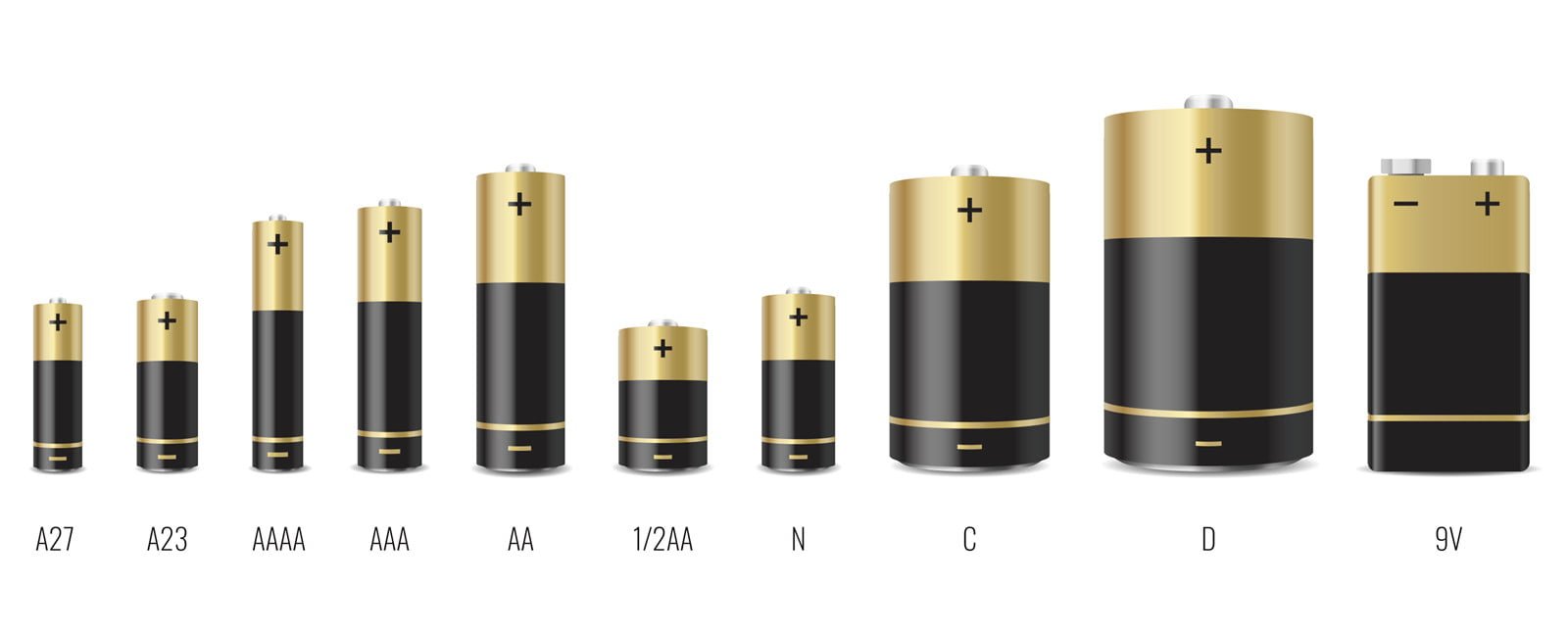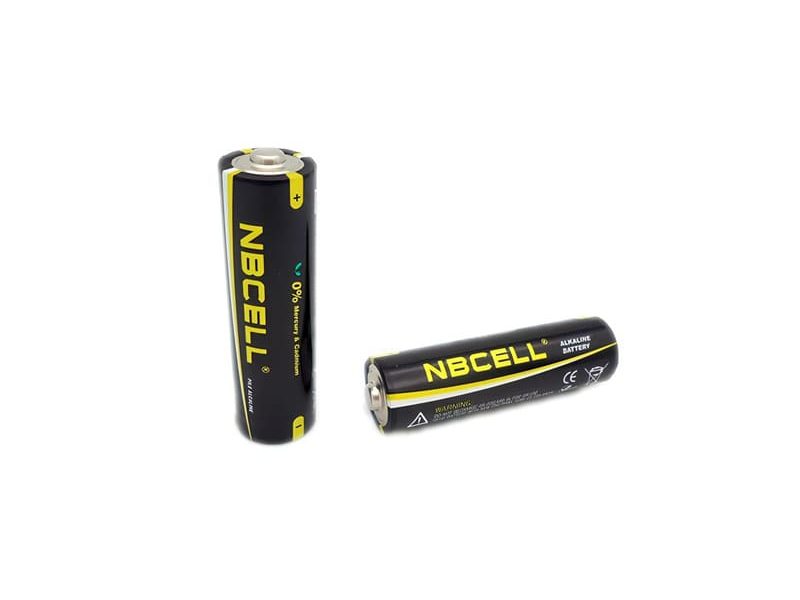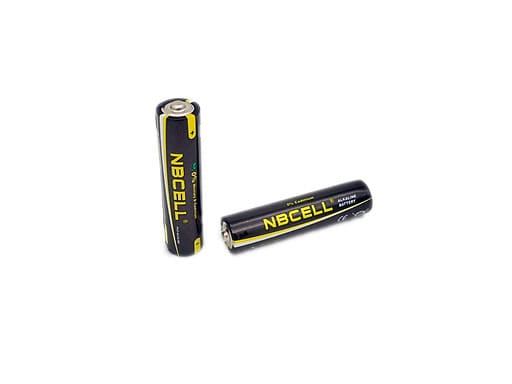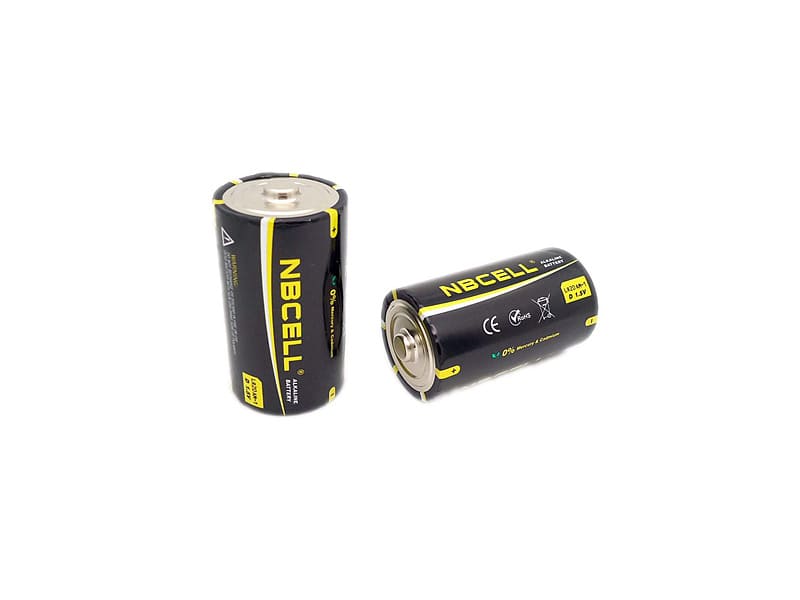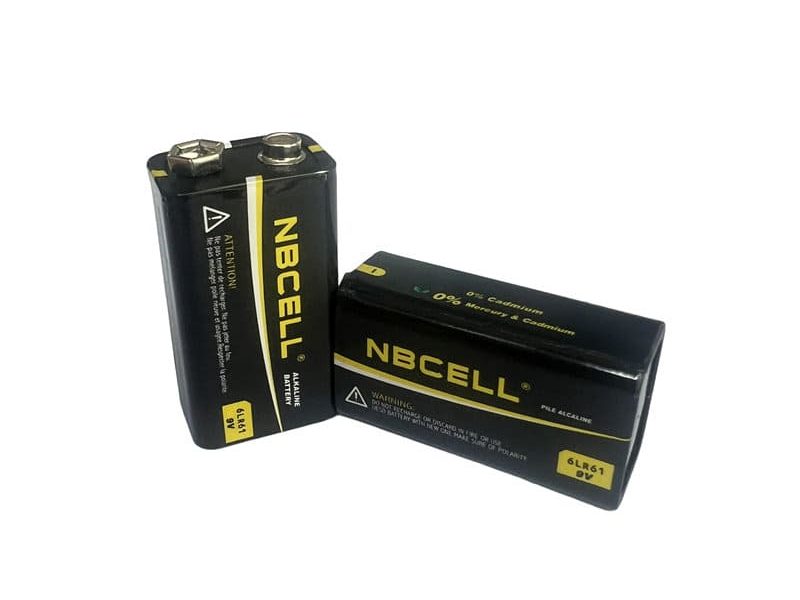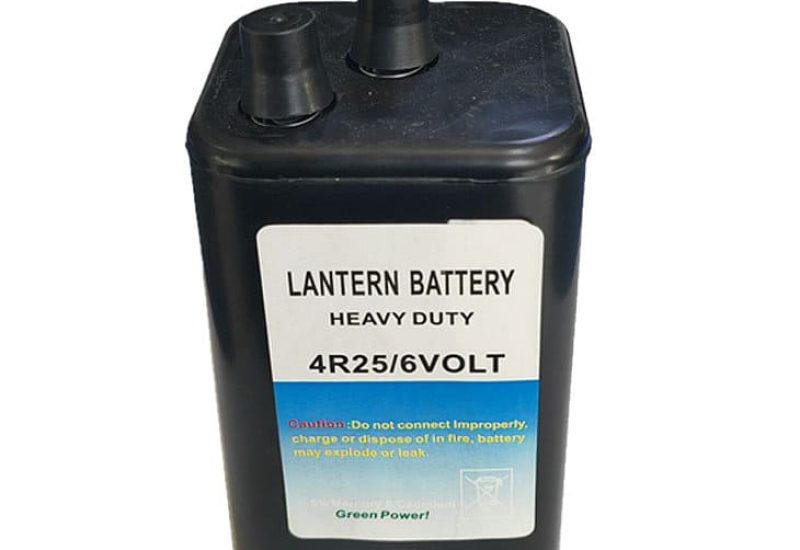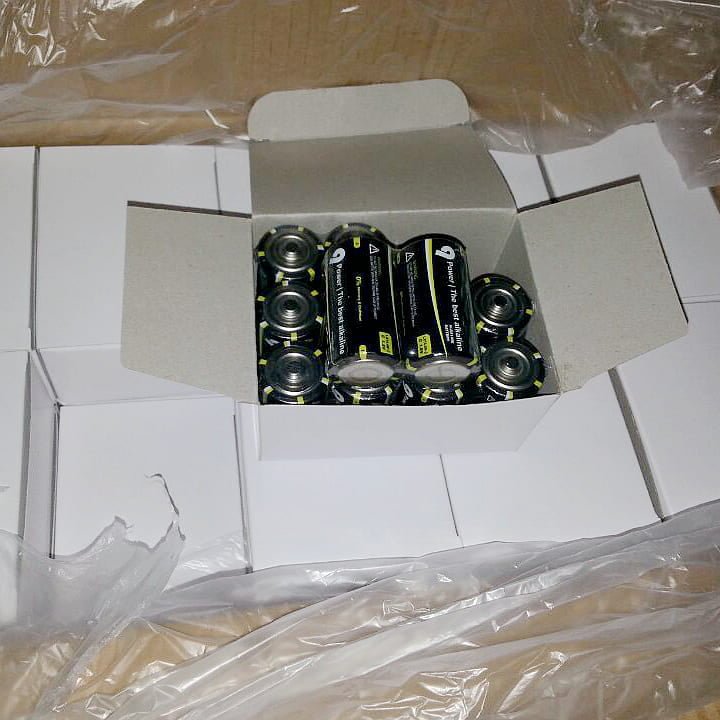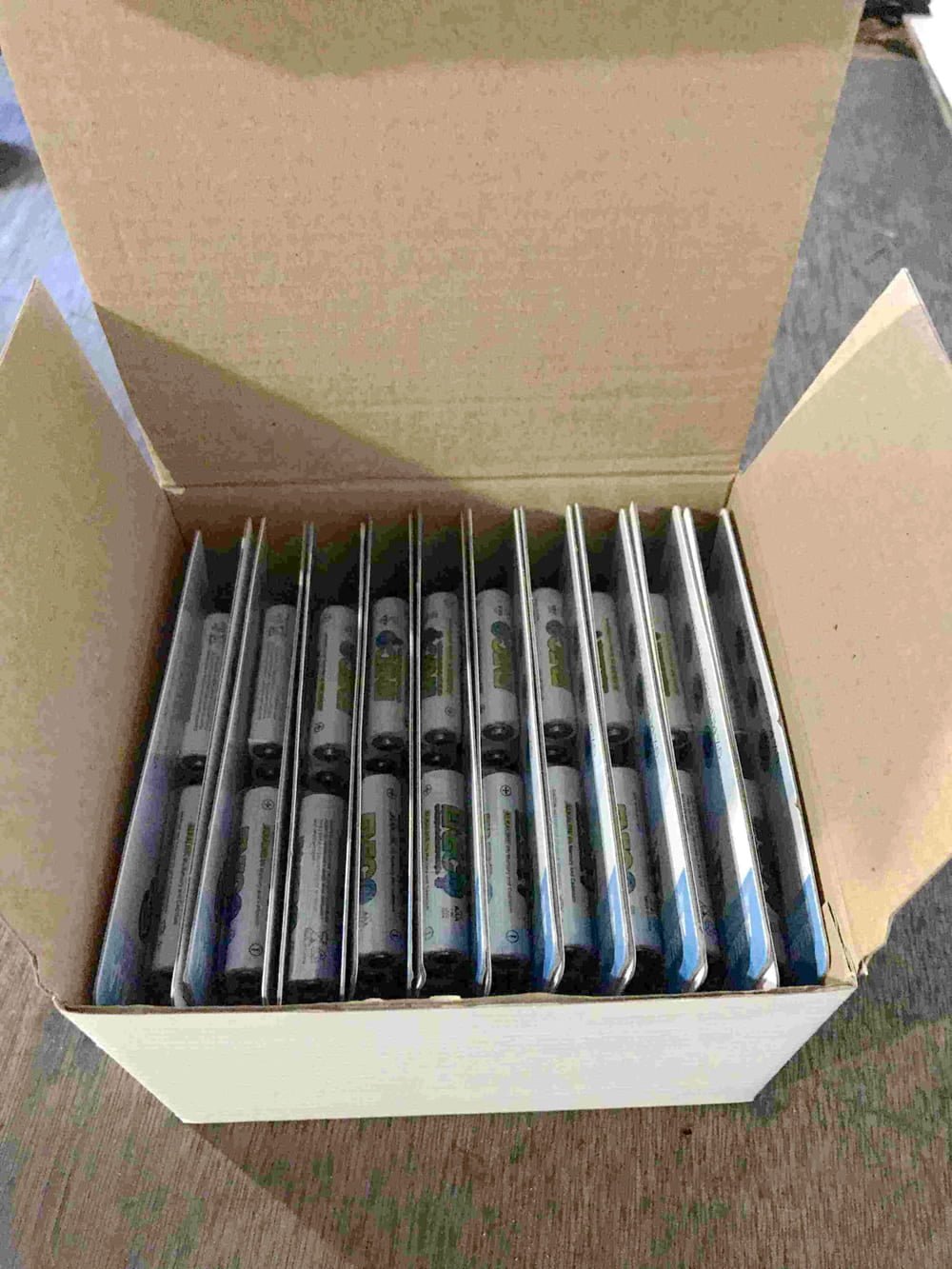NBCELL: Cost-Effective Alkaline Batteries Manufacturer
Experience the power of NBCELL’s Alkaline Batteries, including our popular AA/LR6, AAA/LR03, C/LR14, D/LR20, 9V/6LR61 model. We deliver cost-effective energy solutions tailored to your needs. Choose from heat shrink packing, blister packing, paper card packing or custom branding for your battery packaging. Our commitment: competitive prices, rigorous quality checks, prompt responses and on-time delivery. Trust NBCELL – power your business and boost your market share.
Table Of Contents For This Page
We have prepared a wealth of alkaline battery information on this page for you to gain a deeper understanding. To ensure that you can quickly find the information you need, we have prepared this directory. Clicking on it will take you to the relevant section.
Why Us
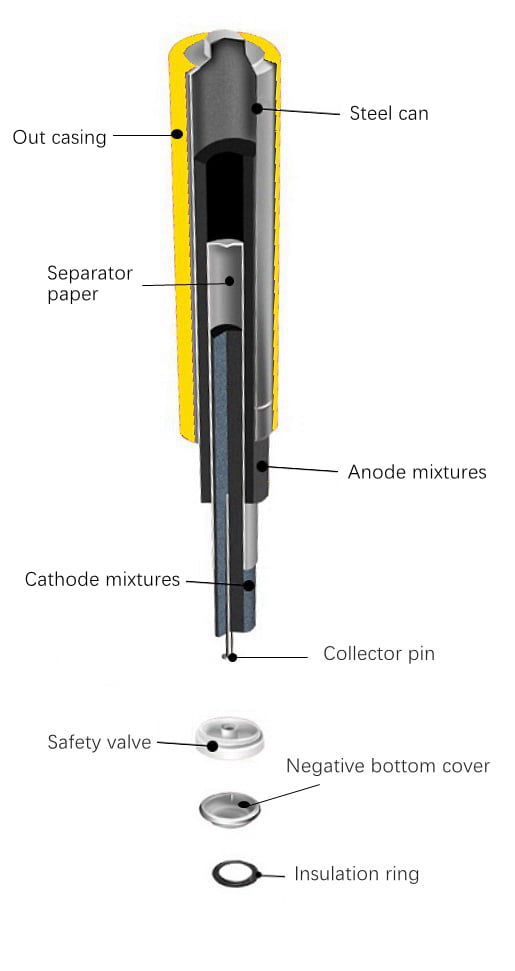
We have over a decade of expertise in the manufacture of alkaline batteries. Not only can we provide you with a range of high-end alkaline batteries that meet the stringent requirements of industrial applications, we also offer a range of affordable alkaline batteries that are perfect for everyday household equipment. A wide range of product options gives you more and better choices. Our batteries provide reliable, long-lasting performance for both industrial and household applications. If you are looking for a reliable supplier, we should be one of your best choices.
We currently have 6 high speed production lines for alkaline batteries, with our main markets being the USA, Western Europe, Korea and South East Asia. These batteries have helped our customers to gain more market share in their own countries, as consumers choose the better priced alkaline batteries when performance is almost identical.
Download Battery Catalog ➪
Services We Can Offer
1. OEM Service: If you have a registered brand, please provide brand authorization. You may provide your design documents, or our designers can offer basic graphic design services.
2. Various Packaging: We offer different packaging options like heat shrink packing, blister packing/paper card packing, etc. We also provide quality battery display racks with design solutions tailored to your needs.
3. Global Transportation: We can arrange battery transport worldwide (via sea, air, or courier) or assist with your freight forwarder.
4. Video Factory Inspection: We offer video factory inspections or coordinate with your third-party inspection company to complete the inspection process.
5. Test Samples: We provide test samples, and if needed, you can conduct basic tests in our factory laboratory.
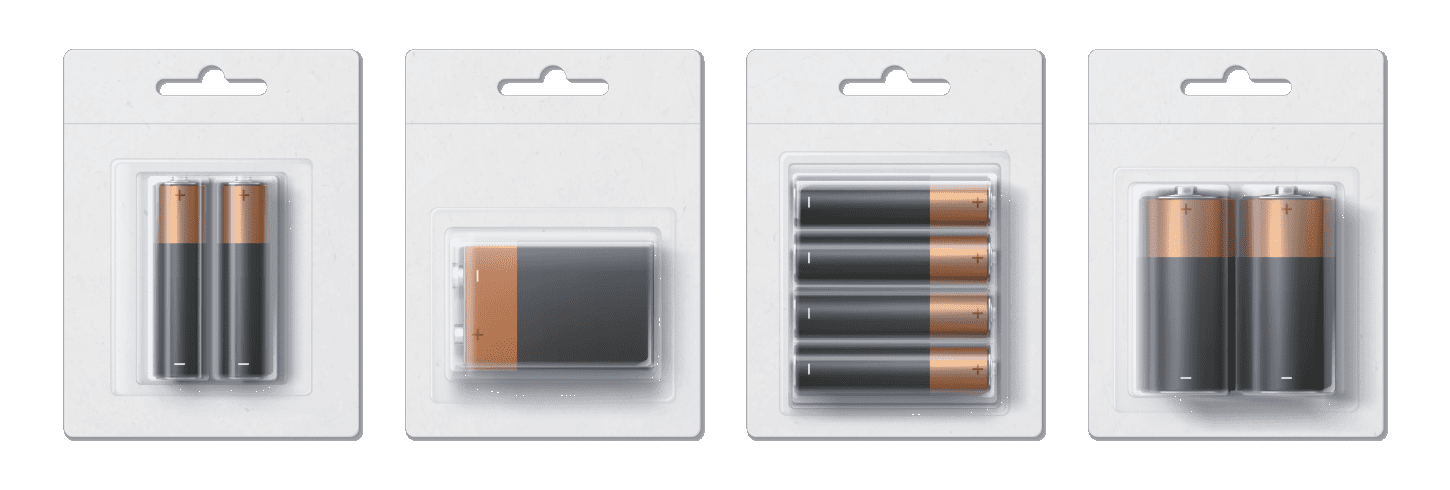
6. Professional Container Loading: We offer professional container loading solutions for various battery models.
7. Free Logistics to China’s Ports: We offer free logistics to warehouses at any port in China (at your designated freight forwarder).
8. Standard and Custom Battery Pack Design: We provide design, assembly, and production services for standard and custom alkaline battery packs.
Delivery Time
1X20 feet container 15-20days.
1X40 feet container 25-30days.
Our company is committed to strictly adhering to the contractually agreed delivery dates. We will notify the customer one week in advance if there are any potential extensions exceeding 3-5 days.

Quality Inspection
As an ISO 9001-2000 certified company, we place utmost importance on quality control. We’re equipped with state-of-the-art quality control devices, including Atomic Absorption Spectrophotometers, High-Temperature/High-Humidity Testers, Computer Dischargers, and Voltage/Amperage Testing Equipment. Our robust QC team is regularly trained to optimize their work effectively.
To ensure the highest quality, we conduct a 100% electrical test on all batteries before shipment. Stored batteries undergo storage tests every six months. Additionally, our batteries are subject to rigorous visual inspections, pre-shipment checks, and high temperature and humidity storage tests. Trust in our unwavering commitment to delivering only top-tier products to our clients.
Packing
We typically utilize a packaging method of inner boxes paired with outer cartons, then prepared for shipment on pallets. Attached are some images of the packaging and shipping methods we’ve employed in the past for your reference. For further details or to discuss your unique requirements, don’t hesitate to reach out to us. We’re always here to ensure your products are packaged to perfection and arrive in pristine condition.
Purchasing Process
Step1:
Share Your Requirements: Let us know your battery specifications, desired quantity, and packaging needs.
Step2:
Get a Quote: Once we receive your requirements, we’ll provide a quote for your order.
Step3:
Sample Approval: If needed, we’ll send samples for your approval after confirming the price.
Step4:
Customization: If you want a customized battery appearance or packaging, we’ll confirm the design drafts with you and make any necessary modifications.
Step5:
Production: Once we have final confirmation on price, design, and samples, we’ll start mass production.
Step6:
Quality Assurance: After production, we conduct thorough inspections and share the results, along with product photos and videos, with you.
Step7:
Delivery: Upon your approval, we securely package and dispatch the products to your desired location. Experience seamless battery procurement with our comprehensive and transparent process.
FAQs
Here are some facts you need to know about alkaline battery.
Why do alkaline batteries leak and how can it be prevented?
Alkaline batteries leak when they’re fully discharged or stored in extreme temperatures, leading to a chemical reaction that generates hydrogen gas. This gas creates pressure within the battery, which can cause the casing to rupture, leading to leakage of the alkaline material (typically potassium hydroxide).
Leakage is also more likely to occur if the batteries are mixed with different types or brands, if they’re old, or left in devices long after being discharged. The leaked potassium hydroxide can damage the device it’s in.
To prevent alkaline batteries from leaking, follow these steps:
1. Remove batteries from devices if they’re not going to be used for an extended period.
2. Store batteries in a cool, dry place and avoid storing them in high-temperature environments.
3. Don’t mix old and new batteries or different brands/types in the same device.
4. Dispose of old or discharged batteries safely and promptly.
It’s worth noting that at NBCELL, we’ve engineered our alkaline batteries with a leak-resistant design, helping to safeguard against the risks of battery leakage. Nevertheless, it’s always wise to follow the recommended guidelines to ensure maximum battery lifespan and protect your devices. Please use our batteries with confidence and peace of mind.
What are alkaline batteries made from?
Alkaline batteries are composed of several key components:
1. Casing: Typically made of steel or another form of sturdy metal, the casing acts as the battery’s shell, providing a physical structure and helping prevent leakage of the inner chemicals.
2. Cathode: The cathode or positive electrode is typically composed of manganese dioxide.
3. Anode: The anode or negative electrode is typically made of powdered zinc.
4. Electrolyte: The electrolyte in an alkaline battery is usually potassium hydroxide, which is an alkaline substance. This is what gives the battery its name.
5. Separator: Positioned between the cathode and the anode, the separator is typically made from a non-woven fabric and helps to prevent the electrodes from coming into contact and causing a short circuit.
These components work together to generate electrical energy through a chemical reaction. It’s important to note that while these are the typical materials used, specific compositions can vary depending on the manufacturer.
Are alkaline batteries magnetic?
No, alkaline batteries themselves are not magnetic. The chemical composition of an alkaline battery does not have magnetic properties. However, the outer casing of the battery is often made from steel or another ferrous (iron-containing) material, which means it can be attracted to a magnet. This is due to the properties of the casing material, not the battery itself.
Are alkaline batteries toxic?
Alkaline batteries are generally considered safe for normal usage. However, if they leak, are punctured, or improperly disposed of, they can potentially release hazardous substances. The potassium hydroxide found inside alkaline batteries can cause skin and eye irritation, and swallowing a battery or inhaling battery dust could be harmful. It’s essential to handle damaged batteries with care and dispose of batteries properly, adhering to local waste disposal regulations. Always keep batteries out of reach of children and pets.
How does an alkaline battery work?
Alkaline batteries operate based on a chemical reaction. In a nutshell, they work through the movement of ions between the positive (cathode) and negative (anode) terminals within the battery.
1. Inside an alkaline battery, the cathode is composed of a manganese dioxide mixture, while the anode is made of zinc powder. The electrolyte, which enables the flow of electrical charge between the cathode and anode, is potassium hydroxide.
2. When the battery is connected to a device and the device is switched on, a chemical reaction starts. The zinc atoms at the anode oxidize to produce electrons.
3. These electrons want to travel to the manganese dioxide cathode, which is ready to accept them, but they cannot pass directly through the electrolyte.
4. Instead, the electrons flow out of the battery and through the device, supplying electric power, before finally reaching the cathode.
5. Meanwhile, inside the battery, the movement of ions maintains the charge balance. This process continues until the reactants are exhausted, at which point the battery is depleted and can no longer provide power.
Alkaline Battery vs Manganese Battery?
Both Alkaline and Manganese batteries, also known as Zinc-Carbon or Zinc-Chloride batteries, are common types of batteries used for various devices. Here are some key differences between them:
1. Energy Density: Alkaline batteries have a higher energy density and longer shelf life than Manganese batteries. This means they can provide power for a longer period.
2. Cost: Manganese batteries are generally cheaper to produce and hence cost less than their Alkaline counterparts.
3. Performance: Alkaline batteries perform better in high-drain devices like digital cameras and toys, due to their ability to deliver power more efficiently. Manganese batteries, on the other hand, are better suited for low-drain devices like remote controls and wall clocks.
4. Environment Impact: Alkaline batteries are usually non-toxic and are safer for the environment, while Manganese batteries contain harmful heavy metals that require careful disposal.
5. Voltage: Both types of batteries deliver approximately the same voltage, around 1.5 volts per cell.
In conclusion, the choice between Alkaline and Manganese batteries depends on the specific requirements of the device and user, such as the energy demand, cost sensitivity, and environmental considerations. It’s worth noting that our Alkaline batteries are designed with 0% mercury, 0% cadmium, and 0% lead, making them an even safer and more environmentally friendly choice.


